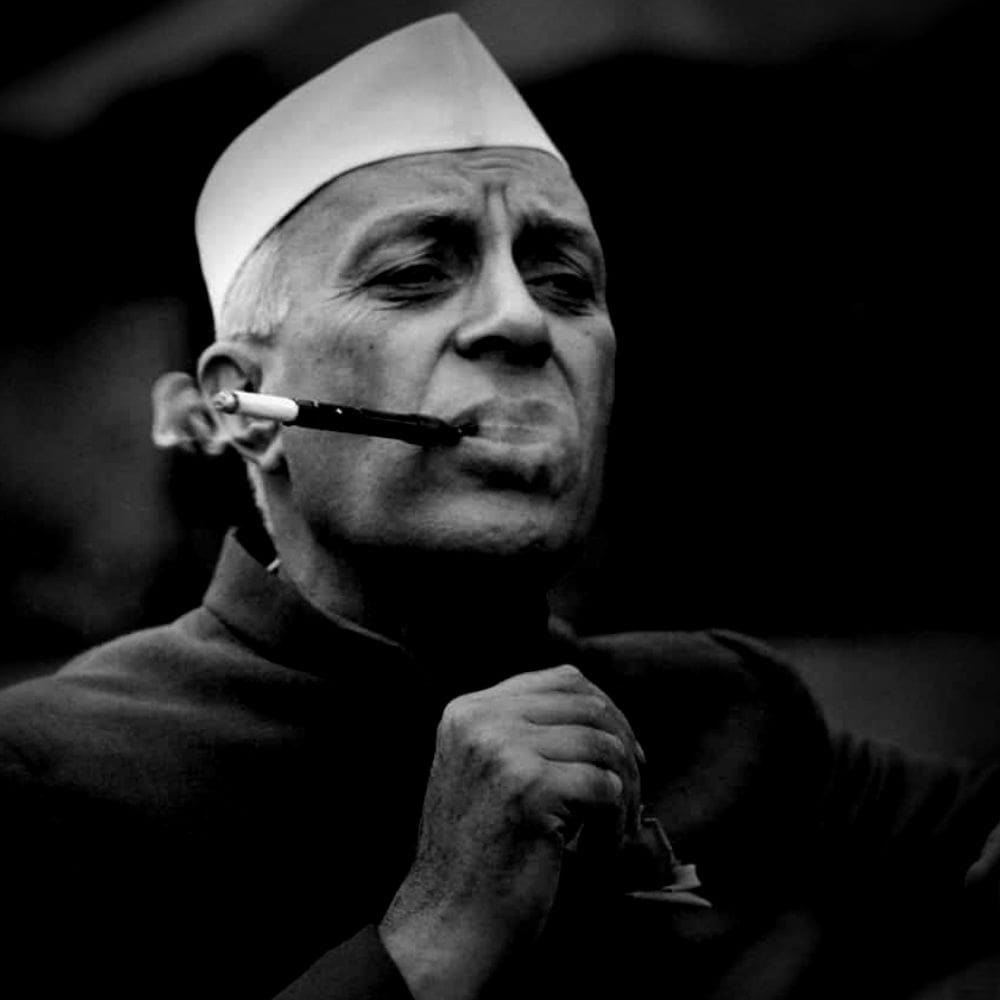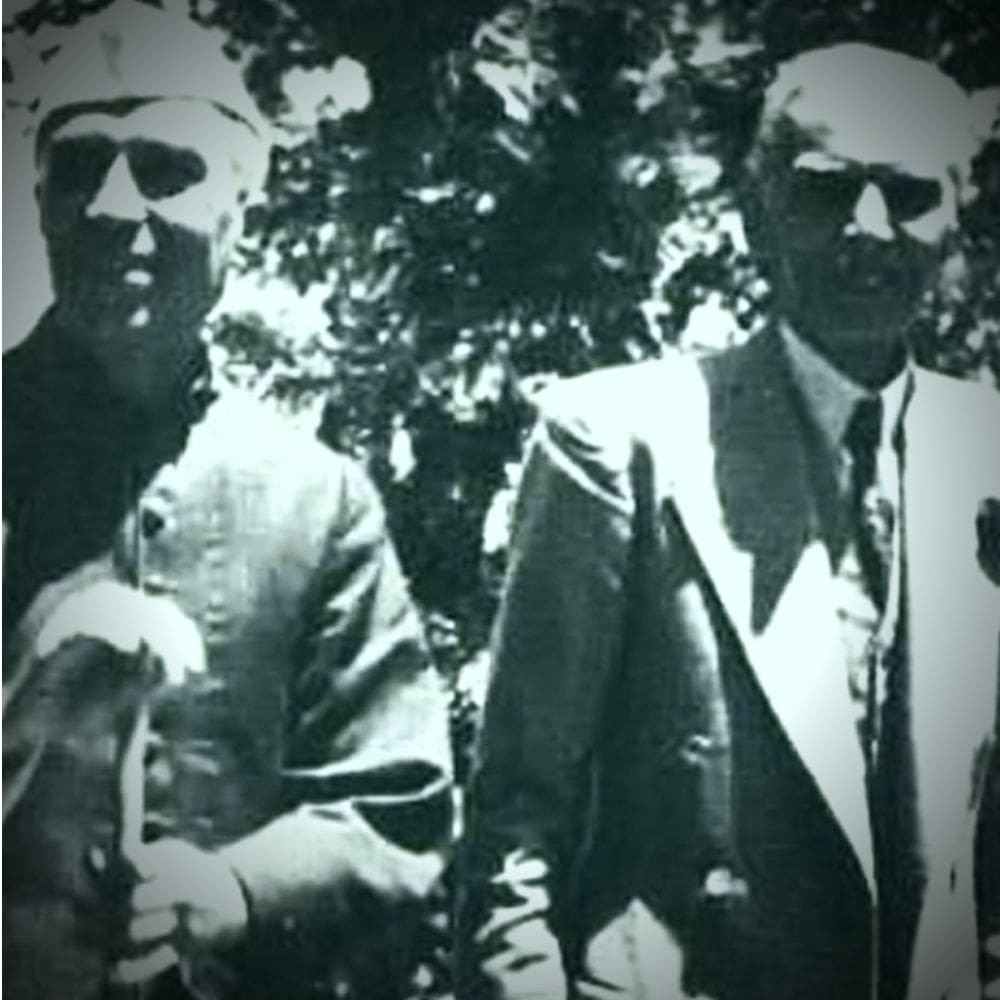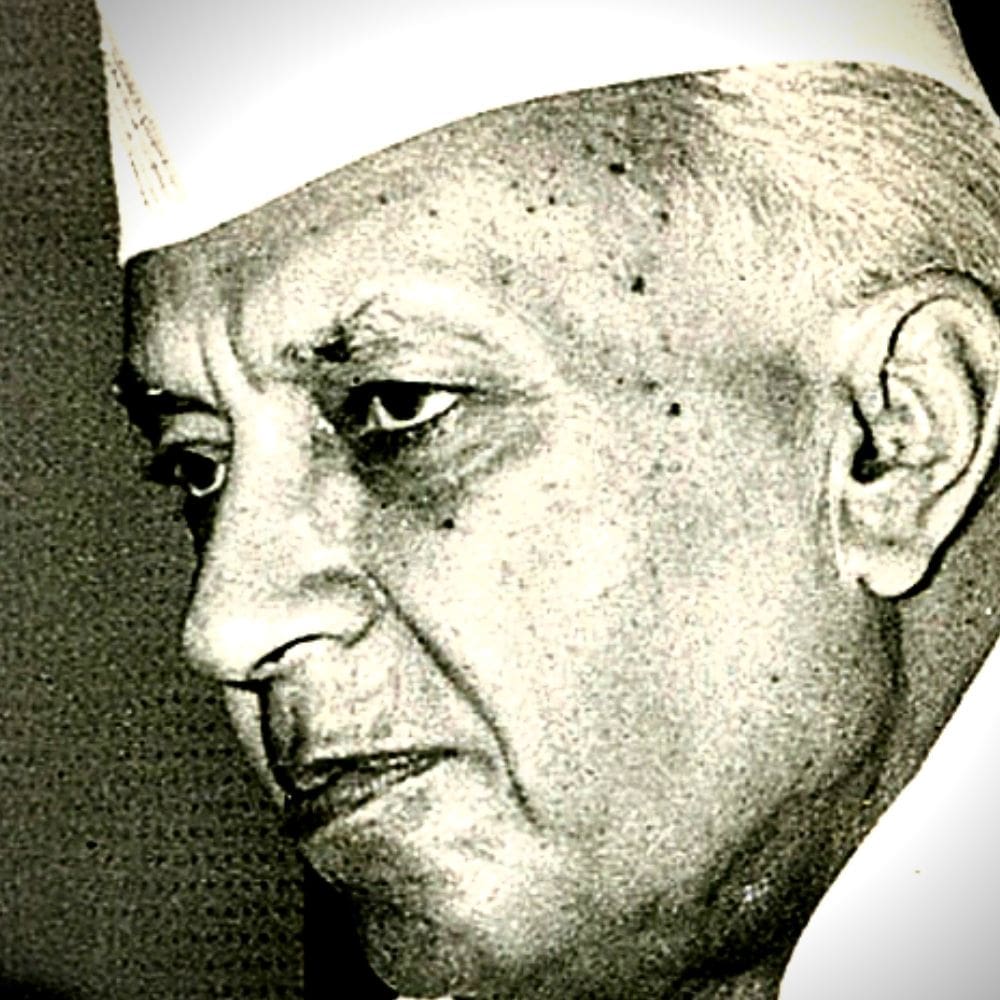BRITISH JAILS: NEHRU/TOP-GANDHIANS AS VIPS VS. OTHERS
In sharp contrast to the top Gandhians, who were treated very well in jails, the condition of Indian political prisoners, including revolutionaries, in jails was terrible: their uniforms were not washed for several days; rats and cockroaches roamed their kitchen area; reading and writing materials were not provided to them. Being political prisoners, they expected to be treated like one, rather than as common criminals. They demanded equality with the jailed Europeans and the top Gandhians in food standards, clothing, toiletries, and other hygienic necessities, as well as access to books and a daily newspapers. They also protested against their subjection to forced manual labour. To force the issue, Bhagat Singh and colleagues, including Jatin Das, began hunger strike. Jatin was martyred on 13 September 1929 in Lahore jail after a 63-day hunger strike.
Talking of suffering and sacrifices, many were tortured and whipped in British jails—but, never the top Gandhian Congress leaders. Nehru himself describes in his book of severe whipping of other imprisoned freedom- fighters in jails. For most Gandhiites, especially the top ones, the jails were, relatively speaking, comfortable. While ruthlessly persecuting the other freedom fighters, the British kid gloved Gandhi-Nehru & Co, and incarcerated them under comfortable conditions. When arrested in 1930, the British took due care to provide all provisions for the health and comfort of Gandhi. That their (top Gandhians, including Azad and Nehru) life in Ahmednagar jail during 1942-45 was not all that terrible can be inferred from the following episodes. Wrote Rajmohan Gandhi:
“On the day of their arrival [in jail], Kripalani recalls Azad showing ‘towering rage’: he threw out the Jailor who had brought ready-to-drink tea for them in an aluminium kettle along with loaves of bread on an aluminium plate and glasses for the tea. The Congress President ‘ordered’ the jailor to bring tea in a pot, milk in a jug and sugar in a bowl, plus cups, saucers and spoons. The jailor, an Indian, complied. According to Pattabhi, he was ‘bravely performing his duties with visible regard for his new guests and with unshakeable loyalty to his old masters’.”
Described Maulana Abul Kalam Azad in his autobiography: “Dinner was served to us soon after on iron platters. We did not like them and I told the jailer that we were accustomed to eat from China plates. The jailer apologised and said that he could not supply us with a dinner set then but it would be obtained the next day. A convict from Poona had been brought to serve us as our cook. He could not prepare food according to our taste. He was soon changed and a better cook appointed.”
The routine of the leaders in Ahmednagar jail, that included Azad, Nehru, Patel, etc., used to be generally: breakfast at 7am, lunch at 1pm, bridge from 1pm to 3pm, rest from 3pm to 5pm followed by tea (alternately, writing or reading work between lunch and tea), games from 6pm to 7pm, dinner from 7pm to 8.30pm followed by coffee, then retire.
Gandhi was “imprisoned” between 1942 and 1944 in the grand Aga Khan Palace in Pune.
Nehru had access to newspapers, magazines and books in Naini and other jails. He also had ample supply of reading and writing materials. He wrote ‘Glimpses of World History’ in Naini jail between 1930 and 1933; ‘An Autobiography’ during 1934-35 in Bareilly and Dehra Dun jails; ‘Discovery of India’ between 1942 and 1945 in Ahmednagar Jail.
Jails were almost a holiday vacation for the top Gandhians. Wrote Asaf Ali: Nehru almost had a bungalow to himself in his so-called jail with curtains of his choicest colour — blue. He could do gardening at leisure and write his books. When his wife was sick, his sentence was suspended even without he asking for it!
It is said that Sir Harcourt Butler, the then Governor of UP, had even sent quality food and a champagne bottle to Motilal Nehru in his prison, out of consideration for their association. As per MJ Akbar’s book: “…but this, Motilal [Nehru] told me [Arthur Moore, a former editor of ‘The Statesman’], is what happened. His [Motilal’s] first morning in prison an ADC from Government House [Sir Harcourt Butler was the governor] arrived at lunchtime with a half-bottle of champagne wrapped in a napkin, and every single day of his imprisonment this was repeated.”
Wrote Nehru in his autobiography:
“Personally, I have been very fortunate, and almost invariably, I have received courtesy from my own countrymen and English. Even my gaolers and the policemen, who have arrested me or escorted me as a prisoner from place to place, have been kind to me, and much of the bitterness of conflict and the sting of gaol life has been toned down because of this human touch…Even for Englishmen I was an individual and not merely one of the mass, and, I imagine, the fact that I had received my education in England, and especially my having been to an English public school, brought me nearer to them. Because of this, they could not help considering me as more or less civilized after their own pattern…”
Sadly, the top Gandhian leaders like Gandhi, Nehru did nothing to ensure revolutionaries and other freedom fighters got just treatment equivalent to them as freedom fighters. No non-cooperation, no andolan, no civil disobedience, no fast to support them or get them justice. In sharp contrast, Lokmanya Tilak had done all he could to support other freedom fighters, including revolutionaries. This when the revolutionaries had whole- heartedly supported Gandhi’s Non-Cooperation Movement of 1920-22.
Savarkar and other prisoners in Kaalapani (a precursor to Gulag Archipelago and Guantanamo Bay prisons of our times) were subjected to brutal inhuman treatment. Prisoners were manacled; gruel to eat was riddled with worms; inmates, formed in groups, were chained like bullocks and hauled to oil mills, grinding mustard seed for endless hours. Prisoners were flogged.
Had even 5% of the above treatment been meted out to the likes of Nehru and other top Gandhians, they might have given up the fight for freedom. However, the sacrifices of Savarkar and others were not recognised. What is most noteworthy is that while many who suffered in the fight for freedom remained faceless and unacknowledged, Nehrus enjoyed all the fruits of their ‘sacrifice’—and many, many times more. It was the most profitable investment they made, with returns thousands of times more, and through the decades, for the whole dynasty and descendants!





